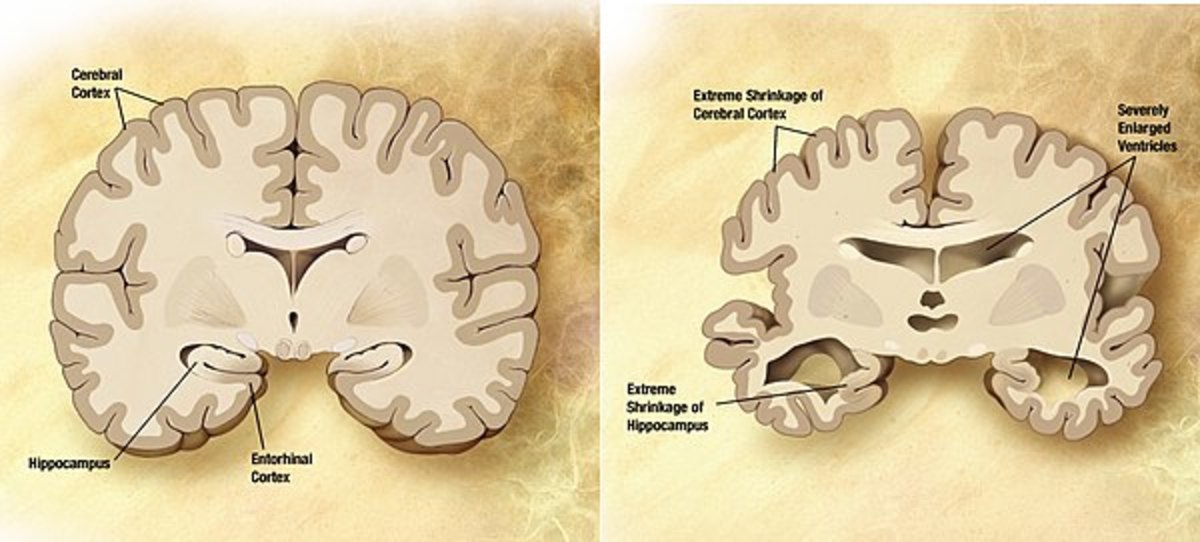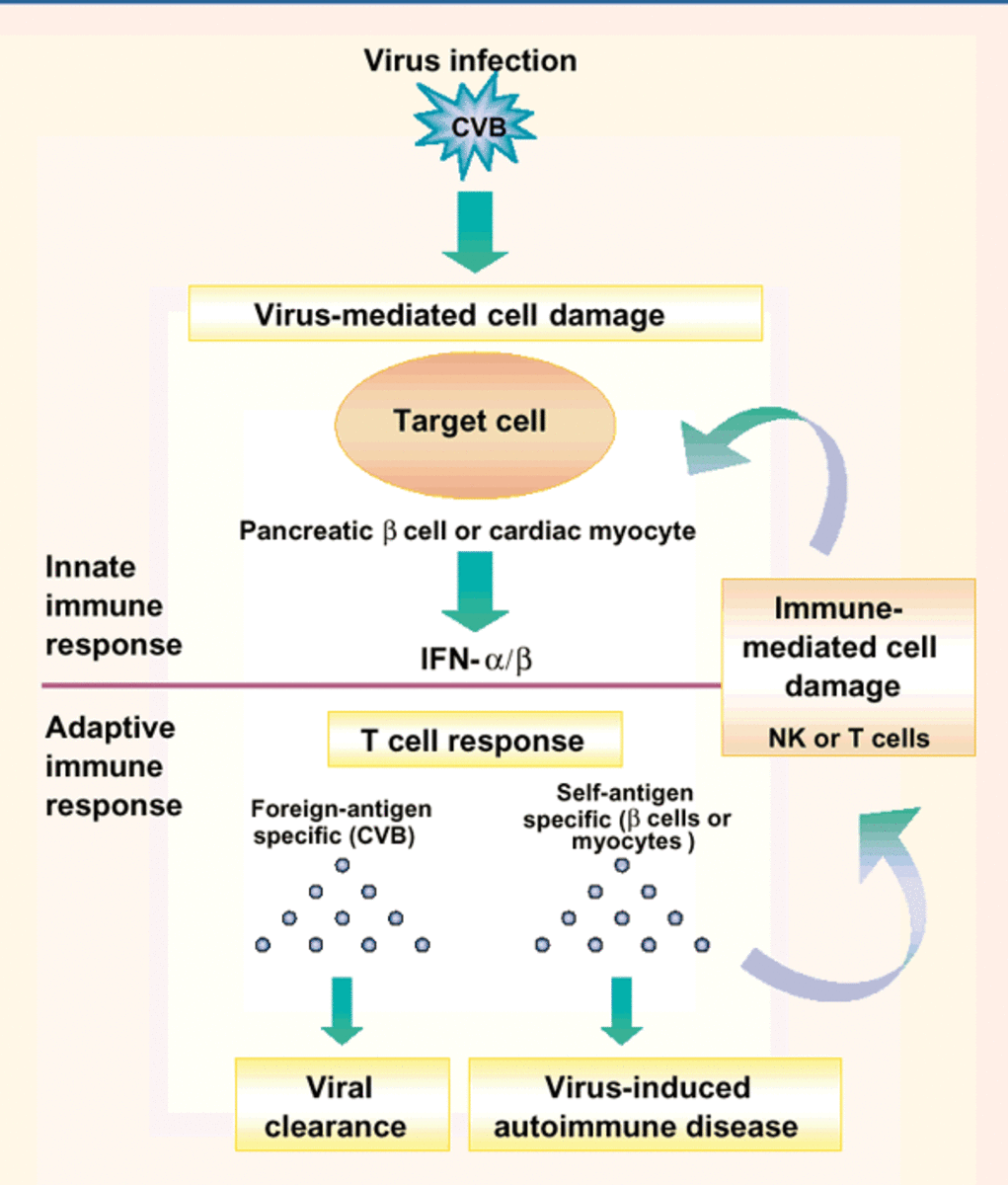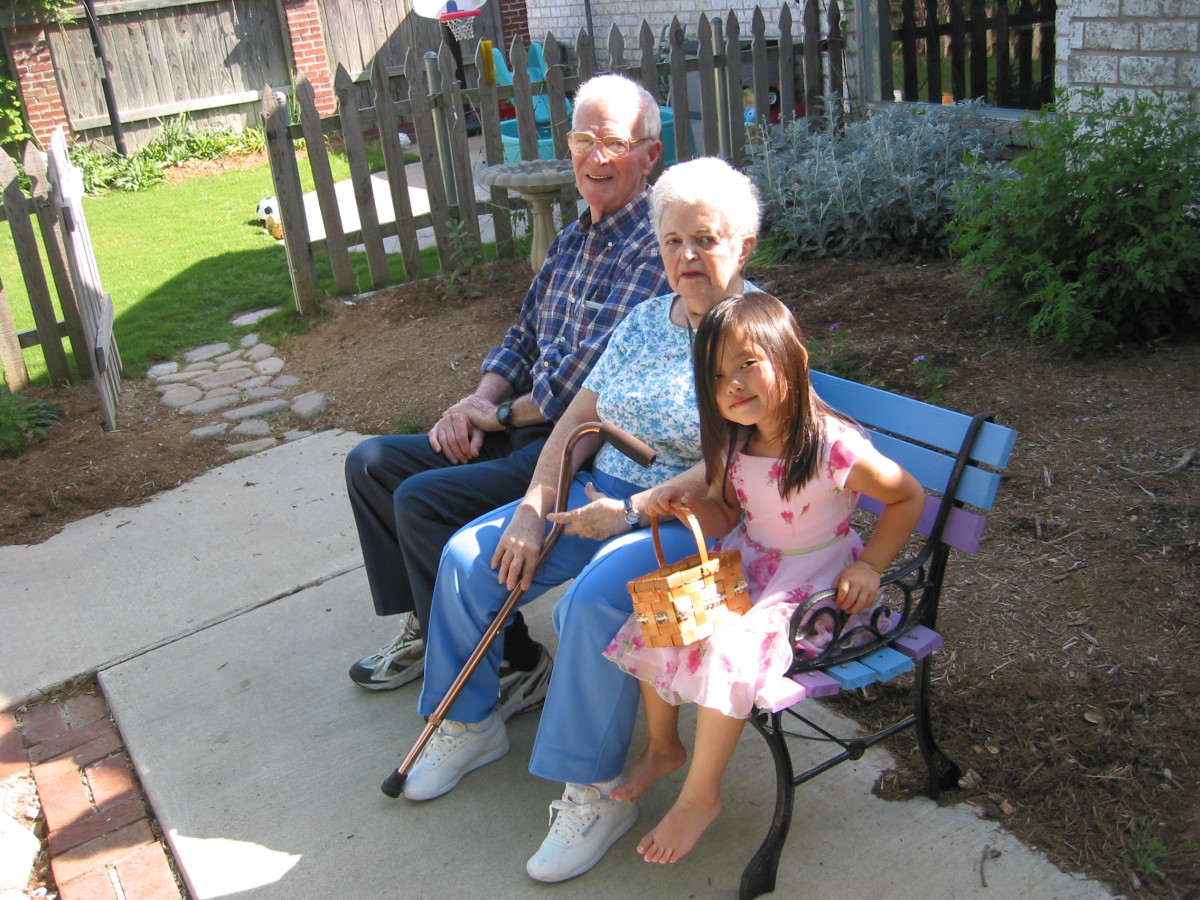Alzheimer's Disease (AD)

Causes of the Alzheimer's Disease
The exact causes of Alzheimer’s disease are unknown. Nevertheless, as much as the disease is associated with the old age, the people with the disease have found to contain atypical amounts of amyloid plaques protein, and tau tangles fibers in the brain. Because of the presence of these factors, the individual’s healthy-neurons-effectiveness reduced and later gradually destroyed.
Although Alzheimer’s cause is currently with many gaps that have need of more research, preceding studies have pointed out a huge number of related factors; age, family history, genetics, head injury, and vascular diseases among others. In case of genetic-cause, the factor hinged on the first, 14th and 21st chromosomal mutation and the subdued chromosomes passed down to progeny in their dominant forms in their potency of causing Alzheimer’s
Clinical Features of Alzheimer's Disease
Patients with this condition from the early stages of the disease, point out that numerous misplacement of items indicate compromised recall abilities. The losses of the recalling capabilities also incorporate difficulties in recalling direction, names of colleagues and having disoriented discussions. However, some patients experience decreased body temperature, even in warm weather. There are raised tendencies to pull out from social engagements and from activities from which the patients derive lots of fun from before the onset of the condition.
On the other hand, the patient may experience emotional changes, which occur with Alzheimer’s and incorporate recurrent sessions of sadness and feelings of being miserable. The patients may cry with no any form of provocations or get hysterical without substantive reasons. Furthermore, the disease compromises the speech abilities of the patients and increasingly fails to recall appropriate words for usage in communications and substitute them with often-irrelevant words, which make some of their communications, lose meaning.
Nonetheless, the patient may experience various personality changes that incorporate increased entrance into trance states, marked suspicions, being fearful without a motivation for the fear and withdraw.
Possible Treatment of Alzheimer's Disease
Although it has been established that there is no specific way of curing the Alzheimer’s disease, physicians and researchers have continued to make advances in the treatment of the disease, including non-drug approaches to enhance symptom management. While developing treatment plans for patients suffering from Alzheimer’s diseases, physicians usually evaluate the cognitive and behavioral symptoms separately. The cognitive symptoms for the Alzheimer’s disease include complications with the thought processes such as memory, judgment, and language.
For the treatment of these cognitive symptoms, the United States Food and Drug Administration approved two types of medications; cholinesterase inhibitors and N-methyl-D-aspartate (NMDA) antagonists. Cholinesterase inhibitor drugs help to alleviate the clinical features and promote the daily activities of the patient to a considerable extent. These drugs neutralize the chemical acetylcholinesterase in the brain and thus increasing the level of acetylcholine. Donepezil hydrochloride, Rivastigmine tertrate, and Galantamine are the three-cholinesterase inhibitor drugs commonly prescribed for mild to moderate Alzheimer’s disease. Mentamine is the only available NMDA inhibitor, which regulates the level of glutamate in the brain, a chemical that plays an essential role in the processing of information. This drug is usually prescribed for mild to severe Alzheimer’s disease patients and it has the potential of delaying the deterioration of the cognitive symptoms in certain people.
The behavioral symptoms include agitation, apathy, verbal and physical aggression, and psychotic disorders. These behavioral symptoms ought to be managed using non-pharmacological approaches, with medications used only as the last resort or for emergency. Proper assessment of these symptoms needs to be done, including the frequency, timing, precipitating factors, and the possible consequences. Based on the assessment of the behavioral symptoms, the caregivers or physician then devises an approach to change the environment of the patient or the attitude of the caregiver in order to manage the symptoms.









